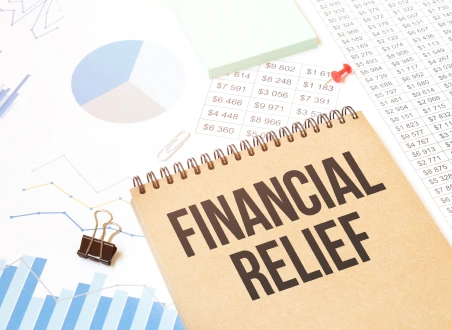Capital gains tax (CGT) can be a significant burden on taxpayers, especially considering that the amount paid has tripled in the past decade. However, there are ways to minimize your CGT liability and keep more of your hard-earned profits. In this article, we will explore several strategies that any taxpayer should consider when aiming to reduce their capital gains tax liability in the United States.
Understanding Capital Gains Tax Liability
First, let’s clarify what CGT applies to. When you sell assets such as shares, a second home, or certain personal possessions, you may be subject to CGT on the profits you make from these transactions. In the United States, as an individual taxpayer, any profits above the current CGT exemption threshold, which is $12,300, are chargeable. The CGT liability is calculated as a percentage, and the rate you pay depends on your tax bracket. For higher and additional rate taxpayers, the rates are 28 percent for property and 20 percent for other assets. Basic rate payers are subject to 18 percent and 10 percent, respectively.
Now, let’s delve into some effective strategies to help you become more CGT efficient and reduce your tax liability.
Open up an ISA: Tax-Free Investing
Consider opening an Individual Savings Account (ISA) to maximize your tax efficiency. With an ISA, you can invest up to the prescribed limit annually without worrying about CGT liability. If you are married or in a civil partnership, you can double this amount by combining your allowances, potentially saving even more.
Transfer Assets: Leveraging Tax Brackets
Transferring assets to your spouse or civil partner in a lower tax bracket can help minimize your CGT liability. Alternatively, you can take advantage of their CGT allowance, allowing you to save on the rising costs without paying CGT.
Carry Forward Losses: Offset Profits
If you incur a loss from the sale of assets in a particular year, you can carry it forward to the next year and offset it against any profits made. This strategy can help reduce your overall CGT liability.
Spread Sale Over Assets: Double the Allowance
By selling half of your assets in one year and the remaining half in the following year, you can benefit from the tax-free allowance for each separate year. This approach effectively doubles your CGT liability allowance.
Pay More into a Pension: Lowering Tax Bands
Increasing your contributions to a pension plan can lower your overall earnings, potentially placing you in a lower tax bracket. This can help keep your CGT rate at a favorable 10 percent for non-residential assets.
Open an Enterprise Investment Scheme (EIS): Tax Relief
Consider opening an Enterprise Investment Scheme (EIS) account. Investments made through an EIS can generate gains that are entirely exempt from CGT if the account is held for at least three years.
Donate Shares to Charity: CGT Relief
Donating shares, property, or land to a charitable organization can provide CGT liability relief. By doing so, you not only support a worthy cause but also reduce your tax burden.
Hold onto Your Assets: Inheritance Tax Consideration
It’s worth noting that any CGT liability is extinguished upon your death, as inheritance tax takes precedence at that point. While you won’t personally benefit from the tax savings, your family will be spared the burden of CGT and inheritance tax on the same assets.
Consider Your Investments: Tax-Free Gains
Certain assets, such as antiques and collectibles, can yield tax-free gains. These “wasting assets,” with an expected lifespan of 50 years or less, fall under this category. Examples include old clocks, caravans, leisure boats, and vintage cars. It’s important to note that paintings and jewelry are not considered “wasting assets,” and any profit exceeding the prescribed limit by the government is typically subject to CGT.
In conclusion, reducing your capital gains tax liability requires careful planning and consideration of various strategies. By opening an ISA, transferring assets, carrying forward losses, spreading the sale of assets, contributing to a pension, utilizing an EIS, donating shares to charity, and being mindful of your investments, you can effectively minimize your CGT liability and retain more of your investment profits.
Get Professional advice and Advanced CGT Tips:
It’s always recommended to seek professional advice from experienced tax consultants, such as N&N Tax, who can provide personalized guidance tailored to your specific circumstances. By leveraging these strategies and expert assistance, you can navigate the complexities of capital gains tax and optimize your tax position. Don’t hesitate to reach out to us for assistance with reducing your tax liability on capital gains or any other accountancy matters. Your financial future deserves expert attention and the opportunity to thrive.


